Scientists predict that most polar bears will die out by the year 2100 because of global warming. Even if global warming is slowed, the loss of polar ice means most polar bears will still be seriously affected.
Polar bears are found in the far north, inside the Arctic Circle. Scientists believe there are about 25,000 polar bears left. Polar bears spend most of their lives on the ice which covers the Arctic seas.
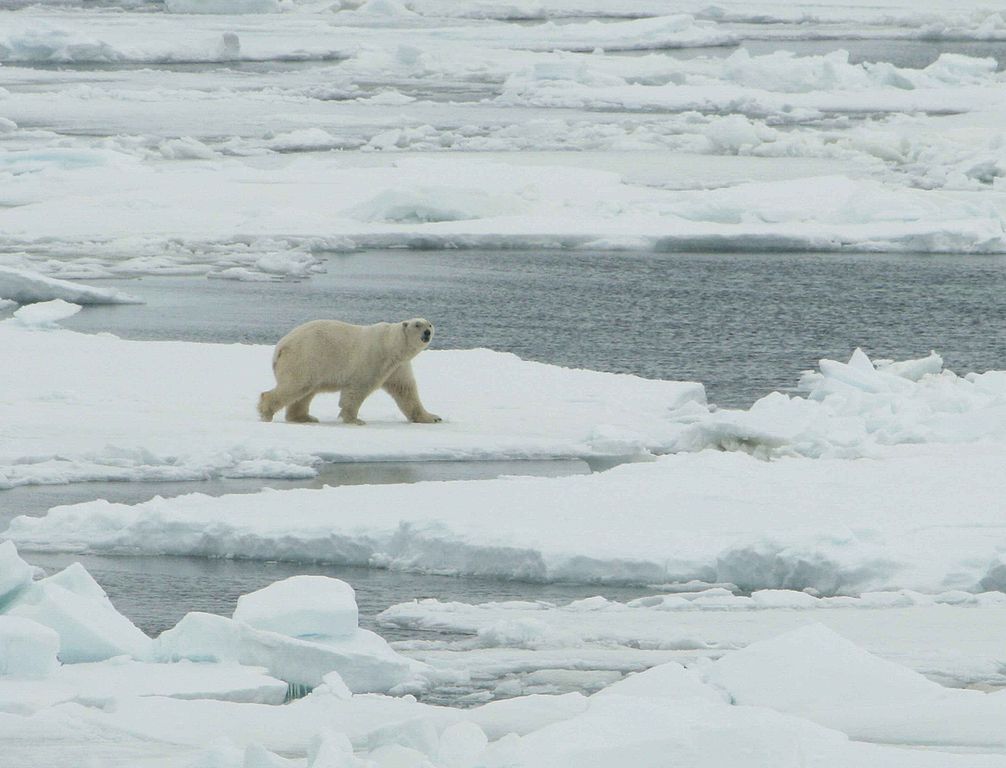
(Source: Elizabeth Labunski, U.S. Fish and Wildlife Service, via Wikimedia Commons.)
As the world gets hotter because of manmade climate change, the Arctic is warming about twice as quickly as other places. This is making the ice cap smaller and thinner. Scientists say that by 2040, the ice could melt completely during the summers.
For polar bears, that’s a matter of life and death. Polar bears rely on the sea ice to travel, find mates, and hunt.
Seals are polar bears’ main food. Seals are rich in fat, which the polar bears need to survive in Arctic conditions.
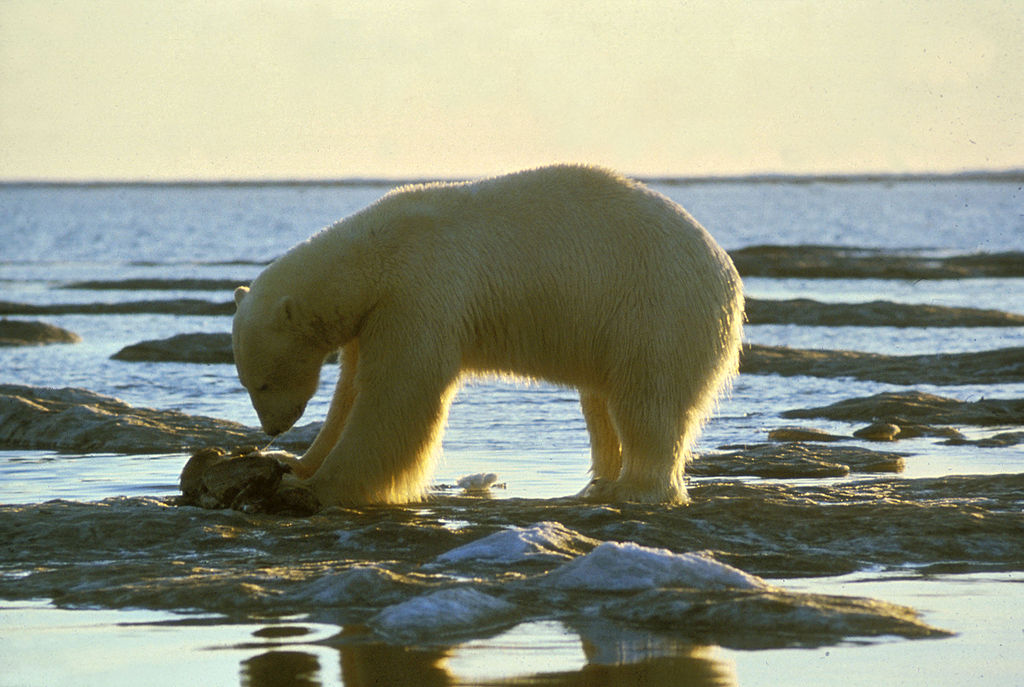
(Source: Dave Olsen [Public domain], via Wikimedia Commons.)
Polar bears usually catch seals in places where the ice meets the water. To catch seals, the bears need to be able to walk and run across the ice. Polar bears are strong swimmers, but they’re not fast enough to catch seals in the water.
In the winter, when there’s ice, polar bears eat as much as possible, to store up energy. But these days, there’s less winter ice, meaning the bears have less area for hunting.
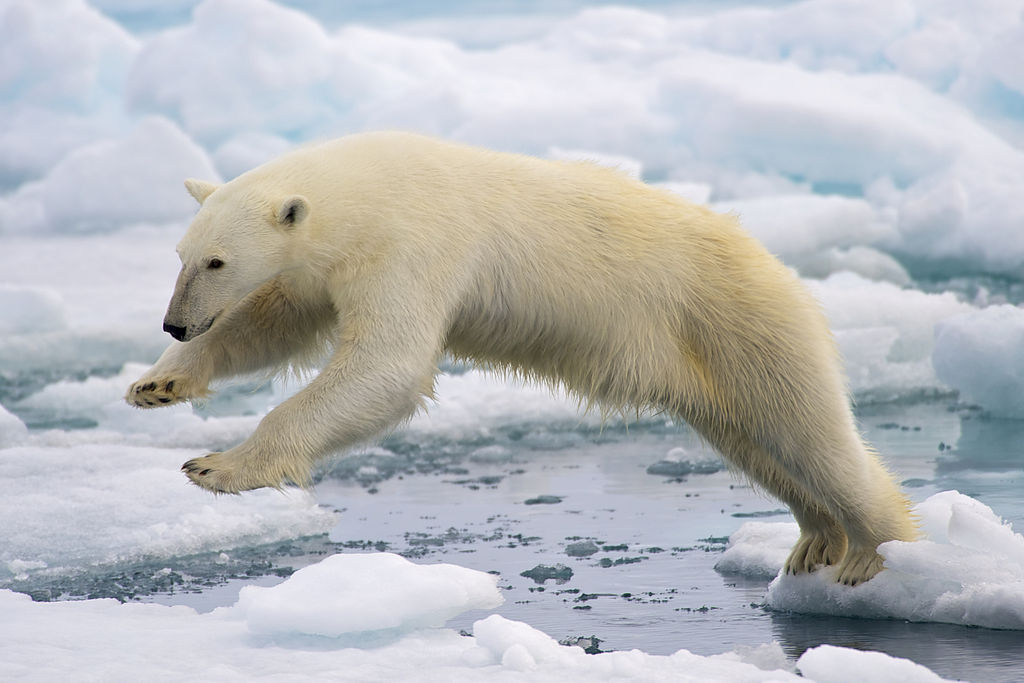
(Source: Arturo de Frias Marques [CC BY-SA], via Wikimedia Commons.)
Summers are the hardest time for polar bears. With less ice to travel on, they’re forced to spend more time on land, where there isn’t much food. Polar bears are known to go as long as six months without food.
But rising temperatures in the Arctic are causing ice-free times to come sooner and last longer. That means the bears need to go without food for longer.
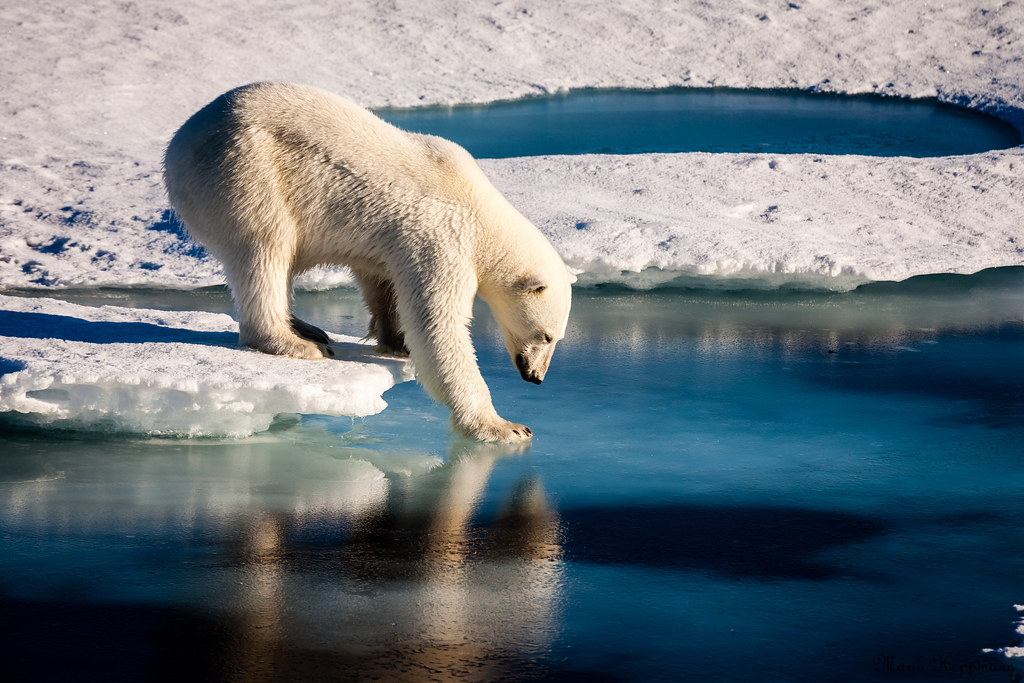
(Source: NASA Goddard Space Flight Center, via Flickr.com.)
In a new study, scientists looked at how much polar bears might be able to eat in the winters. Then, based on that, they worked out how long polar bears might be able to survive during the longer, ice-free summers expected in the future.
The sad results were that most polar bears won’t be able to eat enough in the winters to allow them to survive the summers.
The lack of food may hit polar bear cubs the hardest. If baby polar bears can’t survive the summers, and adult polar bears don’t have the energy to mate, polar bear numbers are likely to drop sharply.
😕
This image has not been loaded because of your cookie choices. To view the content, you can accept 'Non-necessary' cookies.
The lack of food may hit polar bear cubs the hardest. If baby polar bears can’t survive the summers, and adult polar bears don’t have the energy to mate, polar bear numbers are likely to drop sharply.
The scientists believe that by 2040, polar bears will start dying out in southern areas of the Arctic, like Canada. In places like Alaska and Russia, the bears may start to die out by 2080.
The scientists warn that if global warming continues unstopped, it’s possible that only the polar bears in the coldest parts of the Arctic would survive.
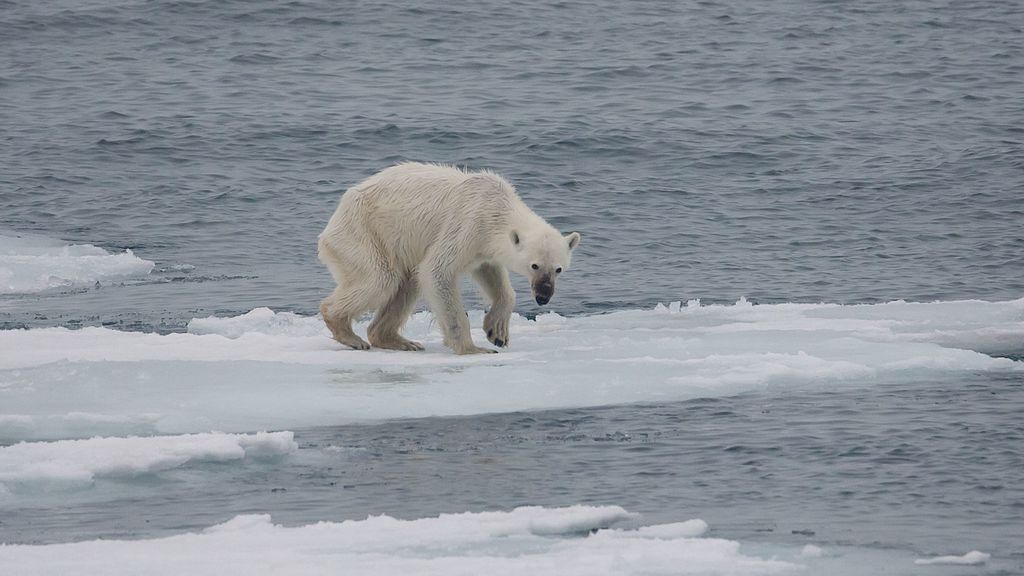
(Source: Andreas Weith [CC BY-SA], via Wikimedia Commons.)
To help save polar bears, rapid action is needed to reduce the effect of global heating. Though that may not seem likely, it is still possible. As researcher Peter Molnar says, “There is…hope that they are not completely doomed, if we change our behavior.”
